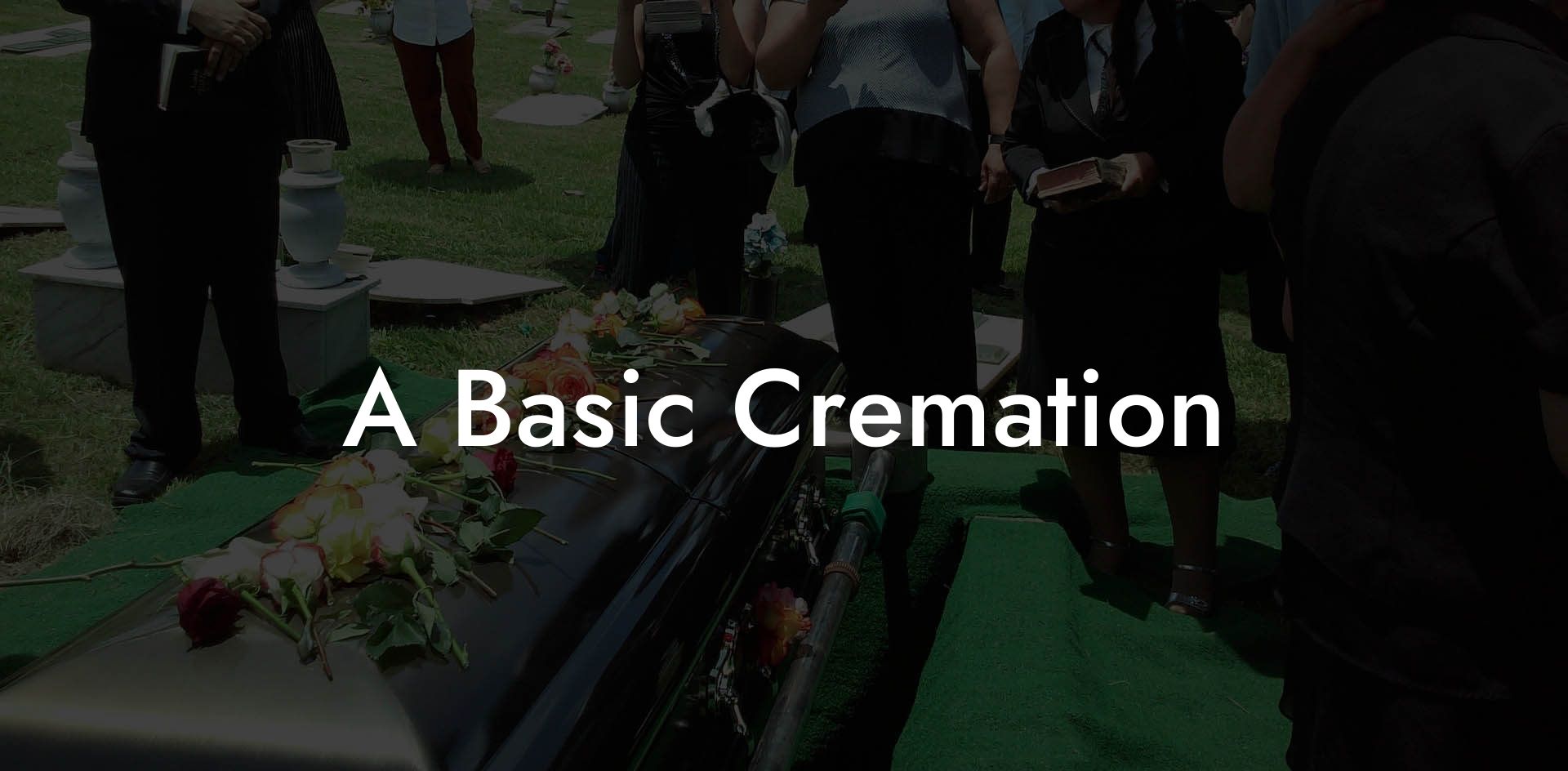Imagine a world where saying goodbye to a loved one is not only a celebration of their life but also a reflection of their values and personality. Welcome to the world of basic cremation, where simplicity, sustainability, and personalization come together to redefine the way we approach end-of-life care.
Quick Links to Useful Sections
What is a Basic Cremation?
A basic cremation, also known as a direct cremation, is a funeral option that skips the traditional funeral service and focuses solely on the cremation process. This simplified approach eliminates the need for embalming, viewing, and other costly funeral home services, making it a more affordable and environmentally friendly choice.
With a basic cremation, the body is cremated shortly after passing, and the ashes are returned to the family in an urn. This allows loved ones to plan a memorial service or celebration of life at a later date, if desired, without the pressure of a traditional funeral timeline.
The Benefits of a Basic Cremation
A basic cremation offers several advantages over traditional funeral services:
- Cost-effective: By eliminating the need for embalming, caskets, and funeral home services, a basic cremation can save families thousands of dollars.
- Environmentally friendly: Cremation is a more eco-friendly option than traditional burial, as it reduces the use of land, resources, and chemicals.
- Flexibility: A basic cremation allows families to plan a memorial service or celebration of life at a later date, giving them more time to grieve and reflect.
- Personalization: With a basic cremation, families can focus on creating a unique and personalized celebration of life that honors their loved one's personality and values.
The Process of a Basic Cremation
The process of a basic cremation typically involves the following steps:
- Initial arrangements: The family contacts a funeral home or cremation provider to make arrangements for the basic cremation.
- Transportation: The body is transported from the place of death to the cremation facility.
- Cremation: The body is cremated, and the ashes are processed into a fine powder.
- Return of ashes: The ashes are returned to the family in an urn, usually within a few days.
What to Expect from a Basic Cremation Provider
When choosing a basic cremation provider, look for the following:
- Licenses and certifications: Ensure the provider is licensed and certified to perform cremations in your state.
- Transparency: Look for providers who are transparent about their prices, services, and cremation process.
- Reputation: Research the provider's reputation online and ask for referrals from friends or family members.
- Services: Consider the range of services offered, including death certificate processing, obituary placement, and urn selection.
Planning a Memorial Service or Celebration of Life
A basic cremation provides the flexibility to plan a memorial service or celebration of life at a later date, allowing families to create a unique and personalized tribute to their loved one.
Consider the following ideas for a memorial service or celebration of life:
- Outdoor gathering: Hold a gathering in a park, beach, or other outdoor location that was meaningful to the deceased.
- Personalized ceremony: Create a customized ceremony that reflects the deceased's personality, interests, and values.
- Memory table: Set up a memory table with photos, mementos, and personal items that celebrate the deceased's life.
- Scattering ceremony: Hold a scattering ceremony to release the ashes in a meaningful location, such as a favorite hiking spot or body of water.
Frequently Asked Questions about Basic Cremation
Here are some frequently asked questions about basic cremation:
1. Is a basic cremation the same as a direct cremation?
Yes, a basic cremation and direct cremation are often used interchangeably to describe a cremation process that skips the traditional funeral service.
2. Can I still have a viewing or visitation with a basic cremation?
No, a basic cremation does not include a viewing or visitation. If you want to have a viewing, you may need to consider a traditional funeral service.
3. How long does the cremation process take?
The cremation process typically takes 2-3 hours, depending on the size and weight of the body.
4. Can I scatter the ashes in a special location?
Yes, you can scatter the ashes in a special location, such as a park, beach, or mountain. However, be sure to check local laws and regulations regarding ash scattering.
Resources and Community Support: Your Next Steps
Losing a loved one can be a difficult and overwhelming experience. Here are some resources and community support options to help you navigate the grieving process:
- Grief counseling: Consider seeking the help of a grief counselor or therapist to process your emotions and find support.
- Support groups: Join a local support group or online community to connect with others who have experienced a similar loss.
- Online resources: Utilize online resources, such as grief blogs, articles, and videos, to find comfort and guidance.
- Memorialization: Create a memorial or tribute to your loved one, such as a memory book, tree planting, or memorial bench.

